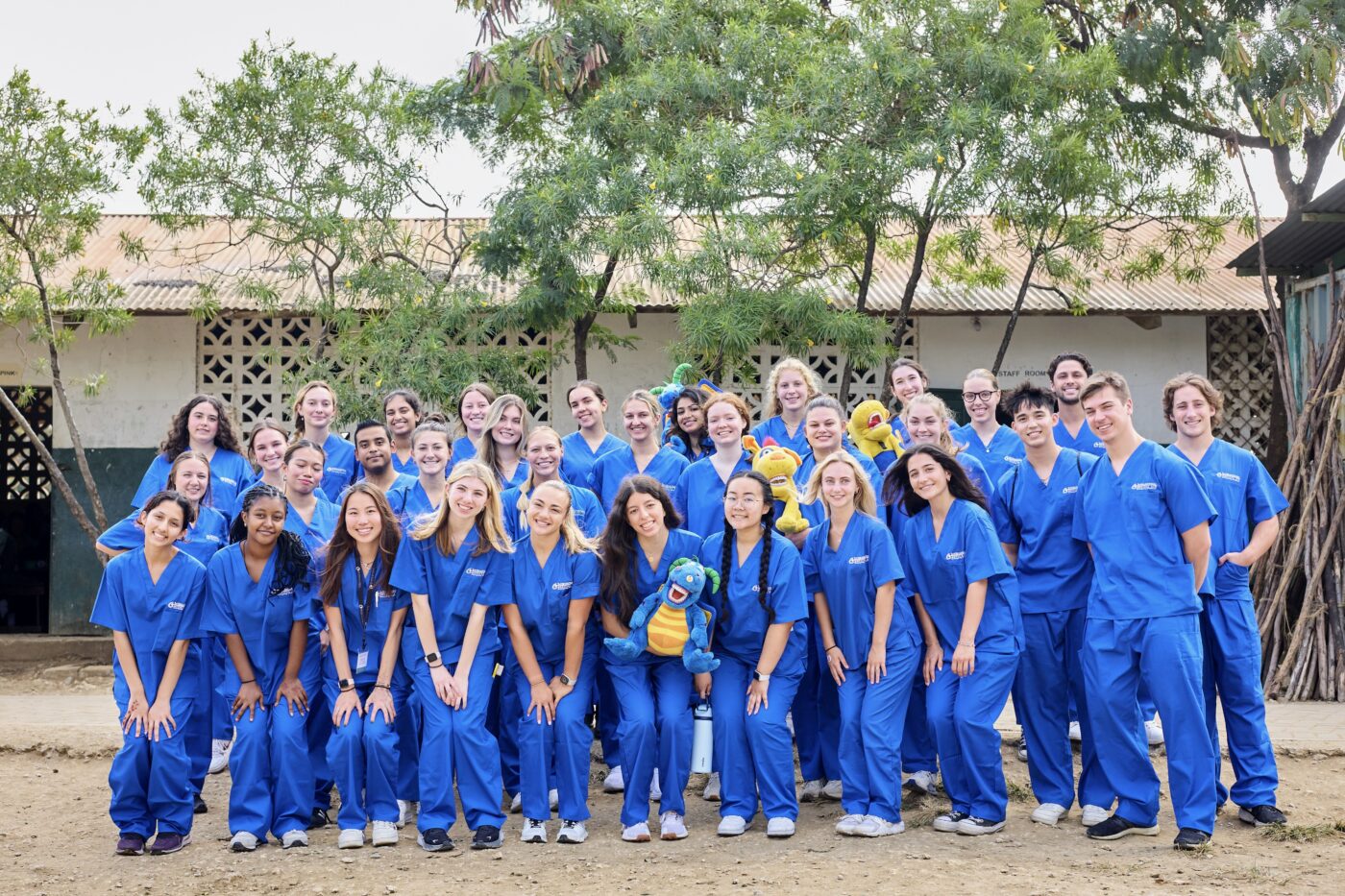Over 50,000 students apply to join medical school each year. These prospective medical professionals often come in through traditional and non–traditional routes.
Now that there isn’t a single “right” path to medical school, how do you know which of the two is the best fit for you? The answers are in this guide.
Traditional Pre-Med Path
You’ve wanted to study medicine and nothing else from the get-go, so you’ve dedicated your studies and extracurricular activities towards making this dream a reality. If this statement describes you, the traditional pre-med path might be the best fit.
Preparing For This Path
Here’s how you can prepare yourself for this:
Focus On The Sciences
You can focus on core science classes like biology (including labs), general and organic chemistry (with labs as well), and physics. These classes lay the groundwork for the MCAT (Medical College Admission Test) and prepare you for the rigors of medical school science subjects.
By starting early, you can take higher-level sciences and potentially even minor in a specific science area you’re interested in, like neuroscience or genetics.
Participate In Extracurricular Activities
Medical schools love well-rounded applicants. So, get involved in activities that showcase your passion for medicine and healthcare. Look for opportunities to:
- Volunteer at hospitals or clinics or shadow physicians to gain firsthand experience in the medical field.
- Join pre-med clubs and associations to connect with other aspiring doctors, attend talks by medical professionals, and participate in community service projects.
- Pursue research opportunities in a professor’s lab to gain research experience and demonstrate your scientific curiosity and critical thinking skills.
This traditional path allows for a relatively streamlined timeline. You can potentially enter medical school right after graduating with a bachelor’s degree in four years, assuming you take the MCAT during your junior year and applications during your senior year.
Non-Traditional Pre-Med Path
So, you graduated with a degree that’s totally unrelated to medicine, and you’ve clocked several years in that career. However, a short volunteer stint at a free clinic sparked your interest in directly impacting lives through practicing medicine.
In this case, going the non-traditional route may be suitable for you. Here’s what will take you down this road:
Diverse Skills And Experience
You might bring valuable skills like:
- Exceptional communication honed through writing or public speaking.
- Leadership experience from managing teams or projects in a previous career.
- Problem-solving skills developed through various life experiences.
Your unique background can indeed be an asset.
Finding Your Why
Statistics show that over the past two decades, 0.3% of medical school applicants have been 40+ years old, a hallmark of non-traditional med school applicants who’ve enjoyed other careers before.
This route offers a distinct advantage: more time to explore different interests and know the “why” you want to be a doctor, which shines through in applications and interviews.
Making it Work
You’ll need to be organized to fulfill the science prerequisites for medical school alongside work or other commitments. Consider looking into options like:
- Taking pre-med prerequisite classes at your local community college or online.
- Enrolling in a post-baccalaureate program specifically designed for non-traditional pre-med students. These can provide intensive science coursework and can help you strengthen your application.
Remember: The non-traditional path can take longer than the traditional one. But be patient, stay focused, and leverage your unique experiences to create a compelling application.
Choosing the Right Path
So – traditional or non-traditional – which is the right fit for you?
Here are four key questions to consider:
Strengths and Interests
Do you thrive in clear, structured environments like the traditional path offers? Or do you prefer the flexibility of the non-traditional route to explore other interests before diving into medicine?
You’ve also got to consider your academic strengths. Are you naturally gifted in sciences, making a traditional science major a good fit? Or would you excel in a different field while still fulfilling pre-med requirements?
Life Experiences
Do you have past work experiences that honed valuable skills like communication, leadership, or problem-solving? These can be assets in medicine. The non-traditional path allows you to seamlessly integrate these experiences into your journey.
Time Commitment
Are you eager to jump straight into medical school after undergrad, or would you benefit from a break to gain life experiences? Be realistic about how much time and energy you can dedicate to pre-med requirements while managing other obligations.
Financial Considerations
Both paths come with financial implications. For instance, traditional students often rely on student loans, with the average debt standing at USD$184,000 per med school student.
If you go for this path, you may end up paying the debt within 10-30 years, depending on your understanding with the lender. Meanwhile, for the non-traditional path, you might face income loss while completing prerequisites.
To help you with this, consider researching financial aid options and scholarship opportunities available for both traditional and non-traditional pre-med students. They could go a long way.
Final Thoughts
Traditional or non-traditional? It all boils down to what you prefer. You’ve seen the ins and outs of both paths already. Now research medical schools, connect with medical professionals, and seek guidance from advisors to help you navigate your chosen path.
Moreover, we at MedicalAid.org have resources tailored for aspiring doctors like you to make sure you are well set up for success in medical school and beyond. Partnering with us can make a world of difference in your career. Reach out to us to learn more.



